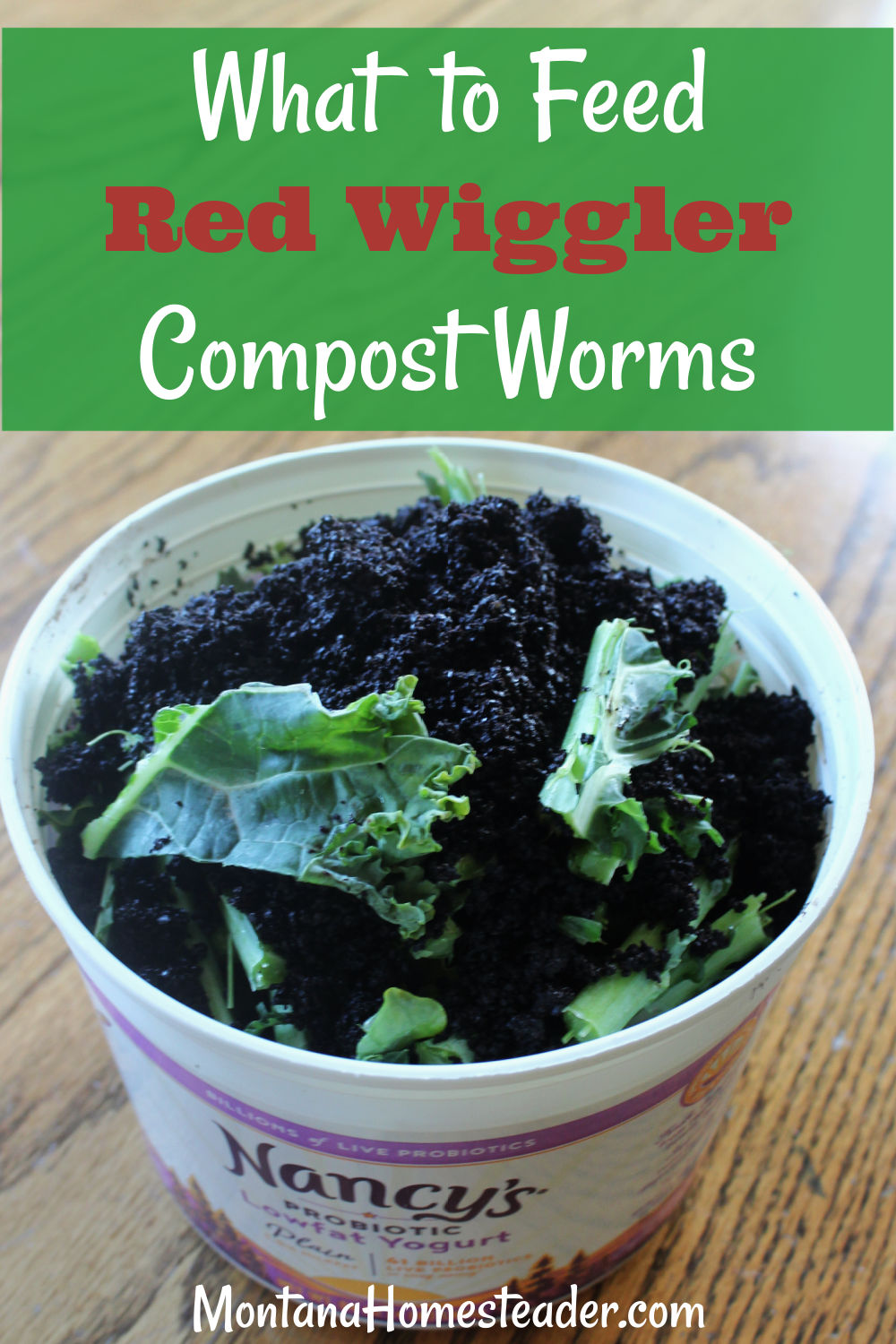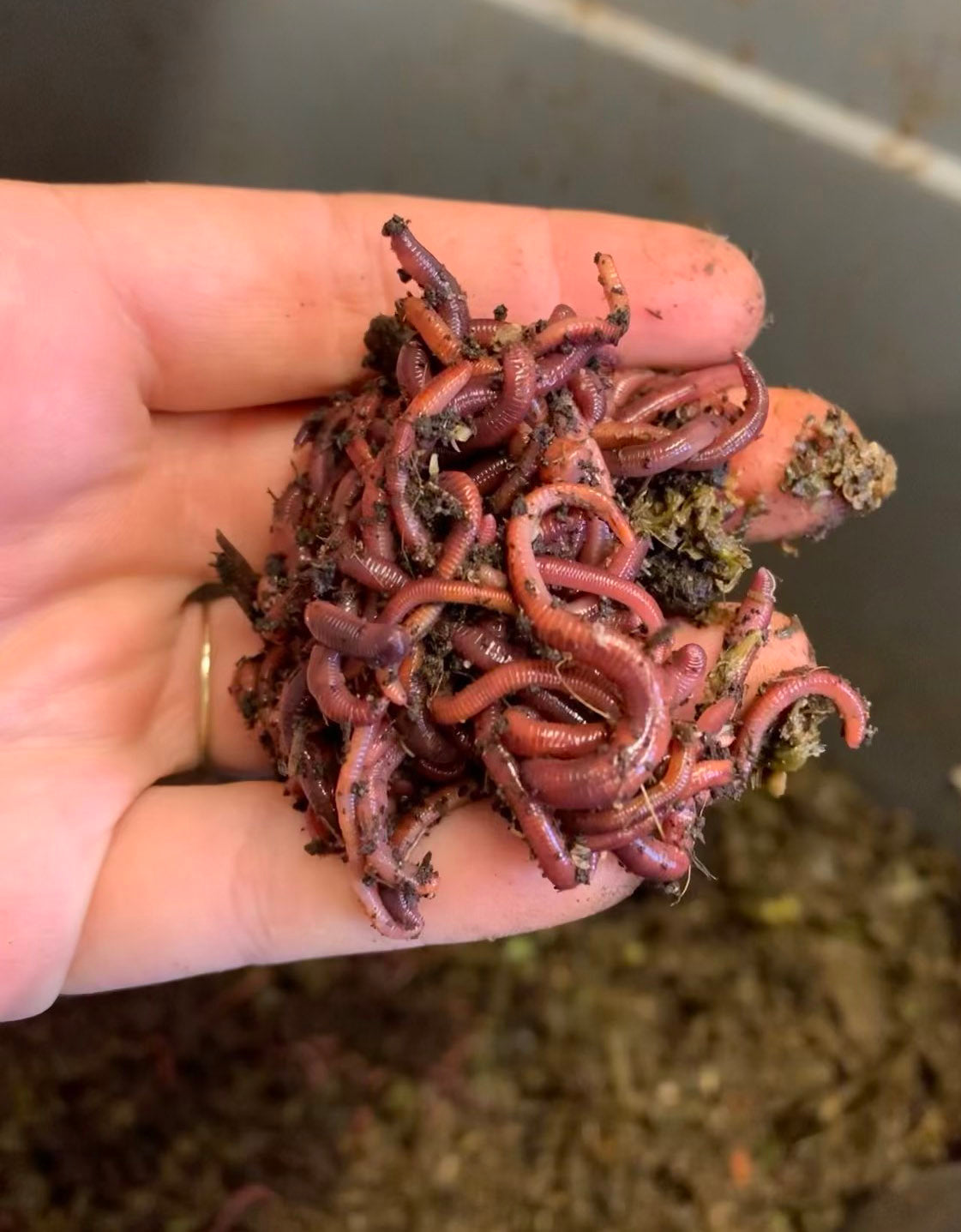Red Wigglers 101: Everything You Need to Know for Thriving Gardens
Red wigglers, or Eisenia fetida, play a crucial function in sustainable horticulture methods, functioning as reliable decomposers that transform organic waste into useful vermicompost. Understanding their habitat, nutritional preferences, and the myriad advantages they use can change your gardening approach (Red Wiggler Express). As these worms thrive in certain problems, their care and management are vital for maximizing their contributions to dirt health and wellness. The concern continues to be: what actions can you require to harness the full capacity of these remarkable microorganisms in your very own yard?
Comprehending Red Wigglers

Red wigglers thrive in atmospheres rich in organic product and wetness. Red Wiggler Express. They possess an unique digestion system that allows them to refine food scraps swiftly, eliminating spreadings that are loaded with necessary nutrients such as nitrogen, phosphorus, and potassium. These castings boost soil structure, boost water retention, and foster beneficial microbial task, every one of which contribute to durable plant health and wellness
Furthermore, red wigglers can survive in diverse problems, making them versatile to various horticulture techniques, including interior and outside composting systems. Their capability to consume big quantities of natural waste everyday placements them as beneficial allies for both home gardeners and business cultivators. By including red wigglers right into gardening initiatives, one can significantly boost dirt fertility and support sustainable gardening practices.
Perfect Environment for Red Wigglers
Developing an ideal environment for red wigglers is vital for optimizing their composting capacities and general health and wellness. Red wigglers grow in moist, dark, and well-aerated environments, which carefully resemble their all-natural environments in leaf clutter and rotting raw material. A suitable environment should give a temperature variety between 55 ° F and 77 ° F(13 ° C to 25 ° C), as severe temperature levels can emphasize or harm the worms.
The bedding product, such as shredded paper, cardboard, or coconut coir, should be kept wet however not extremely wet, as too much wetness can lead to anaerobic problems damaging to worm health. Furthermore, a pH degree in between 6.0 and 7.5 is ideal, making certain a balanced environment.
Correct oygenation is similarly crucial; it enables for oxygen flow and stops the accumulation of hazardous gases. A container or container developed for vermicomposting should have drainage holes to get rid of excess dampness and promote air flow. Normal tracking of these conditions is vital for keeping a flourishing red wiggler populace, eventually improving their efficiency in breaking down organic waste and enriching yard dirt.
Dietary Needs and Preferences

Red wigglers display specific preferences; they are specifically keen on softer, decomposing products over more difficult or even more coarse materials. It is necessary to stay clear of feeding them citrus peels, onion, and garlic in huge amounts, as these can be damaging. Furthermore, meat, dairy, and oily foods need to be excluded, as they can bring in insects and produce undesirable odors.
(Red Wiggler Express)To preserve optimal health, a balanced mix of green and brownish products is advised. Environment-friendly products, such as veggie scraps, supply nitrogen, while brown materials, like cardboard and dried out fallen leaves, supply carbon. Monitoring the dampness material and making certain a consistent food supply will even more boost their development and composting capacities. By catering to their dietary demands, gardeners can cultivate a thriving population of red wigglers in their garden compost systems.
Advantages of Making Use Of Red Wigglers
The remarkable benefits of making use of red wigglers in horticulture extend much past their duty in composting. These functional organisms add significantly to dirt health and wellness, improving vitamins and mineral accessibility and promoting microbial task. By freshening the soil as they delve, red wigglers enhance drain and root infiltration, creating an optimal setting for plant development.
Furthermore, red wigglers are efficient recyclers of organic waste, transforming it right into nutrient-rich spreadings that act as an outstanding natural plant food. These castings contain advantageous microorganisms and necessary nutrients, such as nitrogen, phosphorus, and potassium, which are essential for plant development. The sluggish launch of nutrients from worm spreadings makes sure a consistent supply, decreasing the risk of nutrient leaching and promoting sustainable horticulture practices.
In addition, the existence of red wigglers can help reduce soil-borne plant diseases. Their digestive procedures produce substances that prevent damaging microorganisms, consequently enhancing plant health and wellness. Finally, using red wigglers cultivates a more sustainable gardening approach by minimizing dependence on chemical fertilizers and advertising a closed-loop system, where waste is transformed right into important sources. Generally, integrating red wigglers right into horticulture practices supplies a multitude of ecological and farming advantages.
(Charlotte NC Worms For Sale)
Composting With Red Wigglers

To start an effective vermicomposting system, choose an ideal container with appropriate ventilation and water drainage. The suitable setting for red wigglers includes a damp, dark setting with temperatures in between 55 ° F and 77 ° F. Begin by layering shredded paper, cardboard, and food scraps, making sure a balanced mix of carbon and nitrogen-rich materials.
Red wigglers grow on veggie peels, fruit scraps, coffee grounds, and eggshells, while avoiding meat, dairy products, and oily foods that can draw in insects. Frequently check dampness degrees; the bedding must be damp but not soggy. Harvest worm spreadings every few months by dividing the worms from the compost, which can then be made use of straight in gardens or stored for later use.
Executing vermicomposting not only minimizes garbage dump waste but also improves yard soil, advertising healthy plant development and lasting horticulture methods. Embrace this green method to boost your horticulture ventures.
Final Thought
In summary, red wigglers are vital organisms for improving garden efficiency through efficient composting. By utilizing red wigglers, garden click here for more info enthusiasts can considerably enhance dirt top quality and nutrient accessibility, cultivating much healthier plant development.